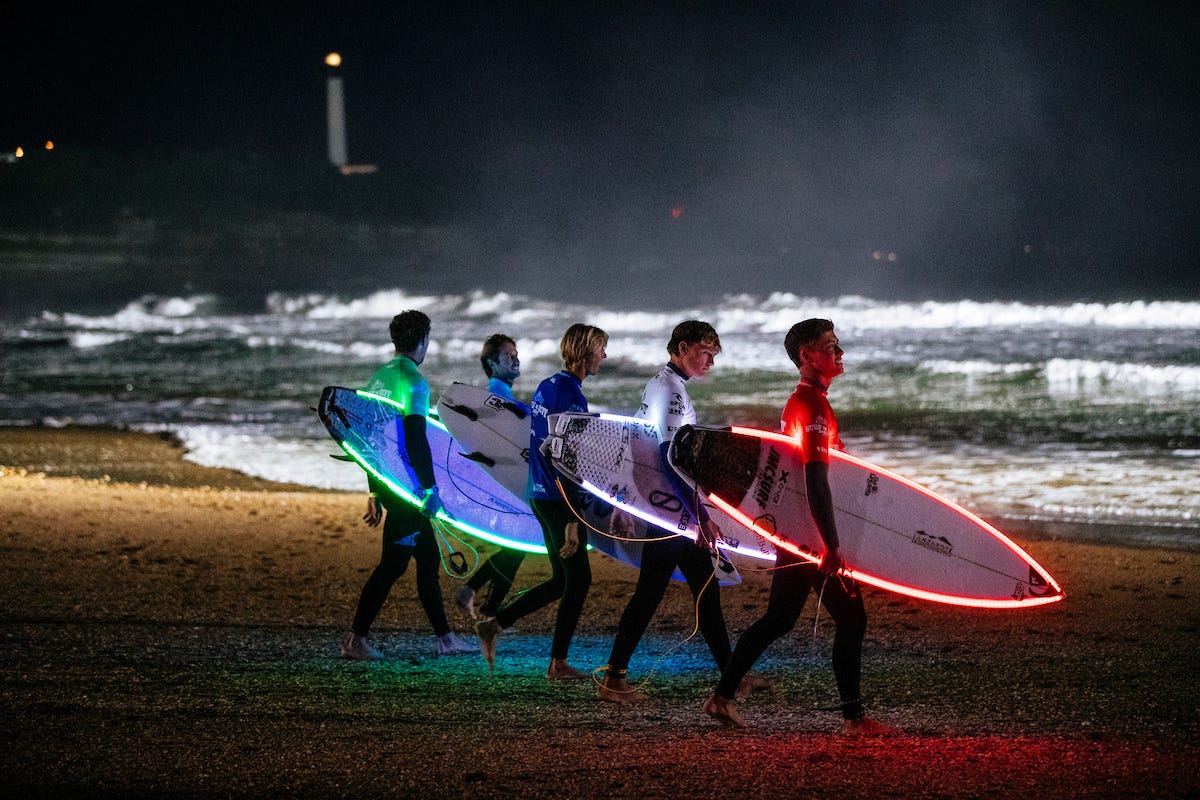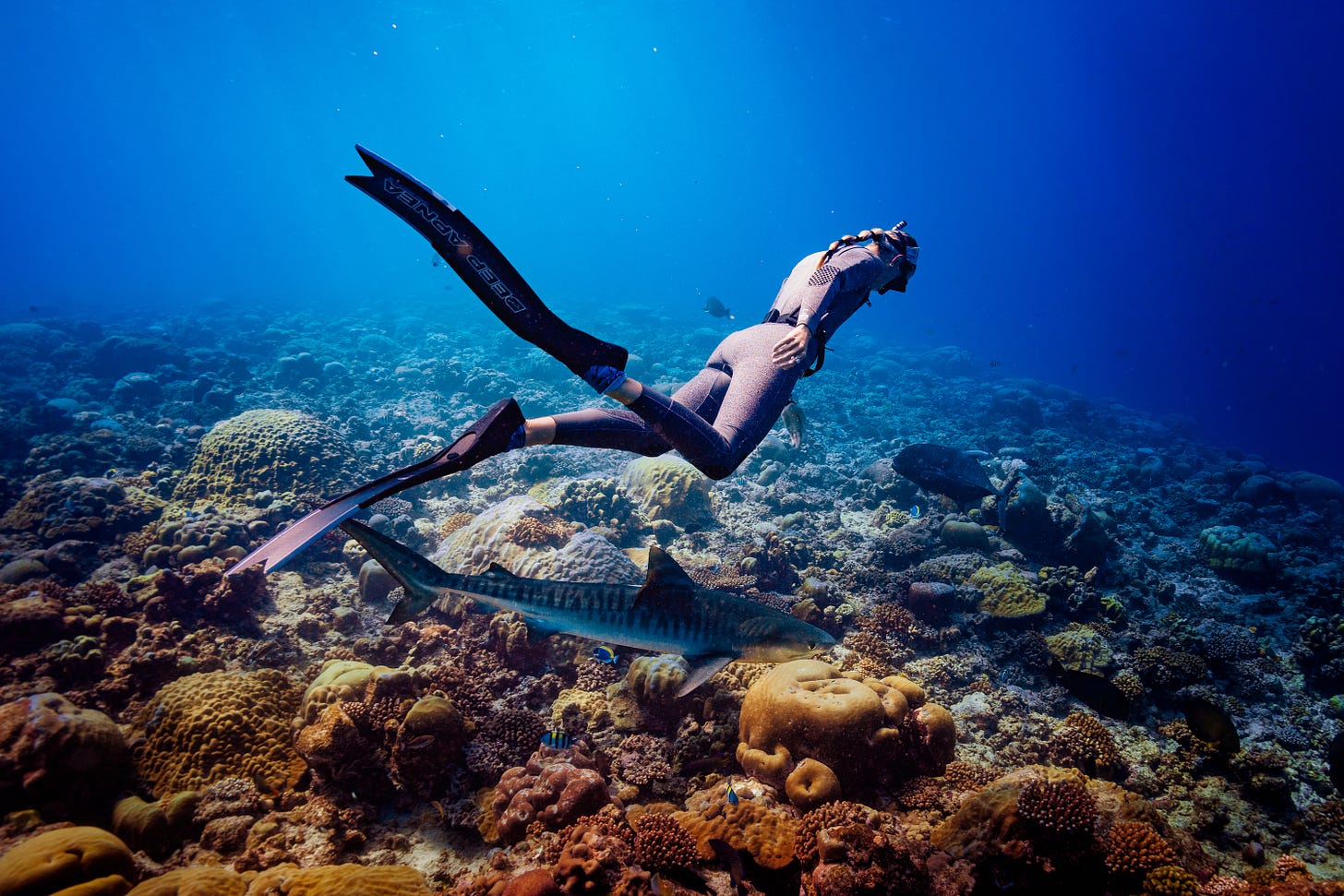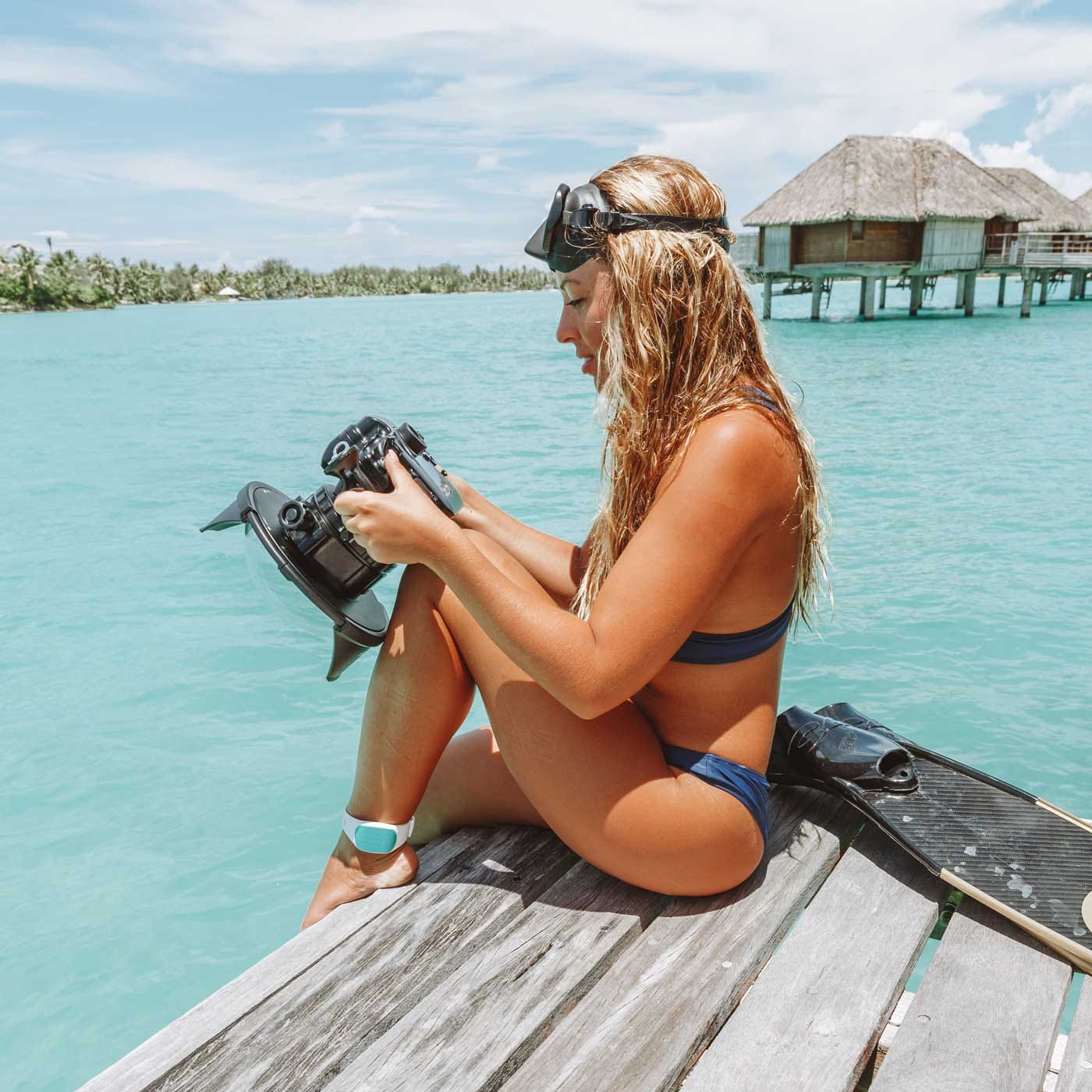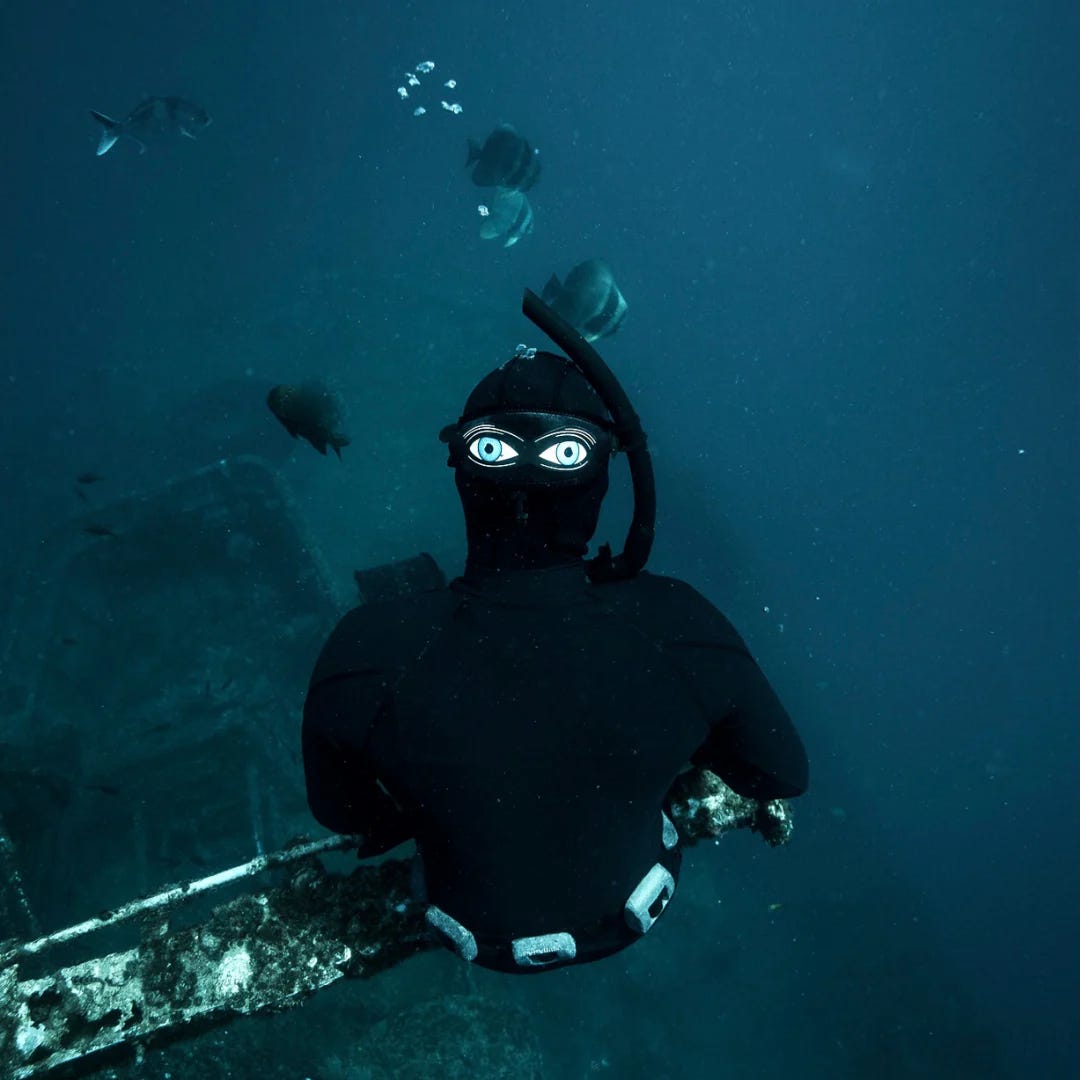What Tech Can Stop You Getting Munched By A Shark?
New study showed with LED lights could deter shark attacks, but what other deterrent technology is out there right now?
In a study that has hit the headlines worldwide recently, Australian researchers found that LED lighting affixed to the underside of a surfboard might be able to impede a shark’s ability to see its silhouette. Good news for these surfers competing in the annual night surfing event at Anglet, France each year.
“What we found out is that if we put lights on the bottom of the decoys, the sharks leave them alone,” said Nathan Hart, study co-author. The lights echoed a natural phenomenon called counterillumination, where marine animals emit light on the underside of their bodies in order to break up their silhouette.
It’s very early days, and a long way from being practical use for surfboards. LED lights need a lot of batteries, and are heavy. It’s going to take a while before you see surfers paddling out lit up like a Christmas Tree. However other shark deterrents exist and are on the market right now. And I trawled through all of them so you didn’t have to.
SharkStop Wetsuits
Moving away from repellants to protection, SharkStop wetsuits incorporate ultra-high molecular weight polyethylene (UHMWPE), which has a strength-to-weight ratio 50% greater than kevlar, and 8-15x greater than steel. This material is laminated onto neoprene in to significantly enhance the wetsuit’s shark bite-resistant properties. “Our wetsuits are designed to reduce the risk of fatal injuries due to blood loss from femoral artery damage,” Andre Borell, CEO of SharkStop told The Surf Bugle. “The material mitigates the puncture effect of the initial bite, but also the tearing that comes when the shark shakes afterwards.” The 3 mm full-length wetsuits retail for around $US1000, and are designed for surfers and divers.
RPELA
RPELA uses an electric current derived from two electrodes that become active when they come in contact with the seawater. The theory is that the current affects the Ampullae of Lorenzini, the electrosensitive organs that, together with the olfactory organs, form the main sensory systems for sharks. Designed by surfers, RPELA's USP is that the 155-gram deterrent is integrated into the bottom of your board, much like a finbox is. You’ll need a surfboard shaper to install the device, but once inserted you can charge it in and click it in before each surf. It currently retails at $A549, though surfers in Western Australia get a $200 rebate from the government.
SharkBanz
Rather than electronic or visual repellant, SharkBanz uses magnetic technology as a shark deterrent. Their patented technology generates a powerful electromagnetic field that alerts sharks and stingrays, who use electroreception, to stay away. For divers and surfers, it is used as a wearable band, either on your wrist or ankle and in a pod incorporated into FCS leashes. For fishing, devices can be used as a sinker, deployed after hookup, or used on a stringer or fish bag. They are always set to on, are battery-free and don't require any charging. The newly released Bethany Hamilton signature edition is currently retailing for $128.
Shark Eyes
Founded by West Oz big wave surfer, free diver, spear fisherman, and waterman, Shanan Worrall in 2016, Shark Eyes uses eye decals as a visual deterrent. Their research says that mimicry and eyespots are scientifically proven as successful defence mechanism seen often in nature. The decal Shark Eyes stickers can be placed on surfboards, bodyboards, SUPs, kayaks, windsurf boards, kiteboards and foils. They also have dive-focused products including mask tamers and scuba tank covers and are now making their own wetsuits. “The aim is to provide a cost-effective, simple and non-invasive tool to assist shark mitigation,” says Worrall. “The eyes alter the shark's initial risk assessment thereby altering its “strike” behaviour to an “abort” behaviour.”
BiteMetrix
Like the SharkSafe app, BiteMetrix is an Aussie app that provides surfers and beachgoers with “at a glance” illustrations that show areas with increased risk of shark-human interaction. The main difference from other apps is that the designer Ronnie Vickery identifies areas of risk by tracking upwelling events and other oceanographic factors that occur along the Australian coastline. Upswelling is where cold, nutrient-rich water replaces warm water at the surface. Vickery believes the resulting plankton boom attracts marine activity including larger marine predators responsible for most of shark-human interactions in Australian waters. After aggregating all the data, it provides levels of risk that include Low, Moderate, Medium and High that are monitored daily and updated as conditions change. While it's currently only fully operational in NSW, Vickery has plans to roll out the system nationwide.





